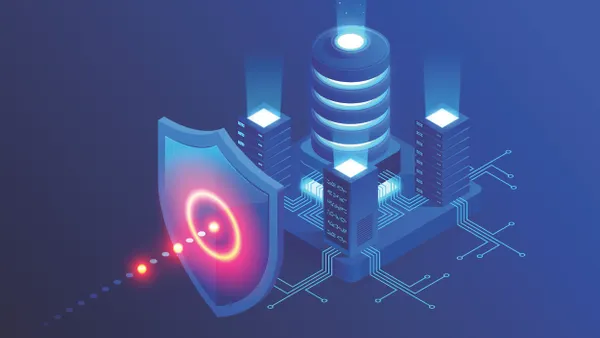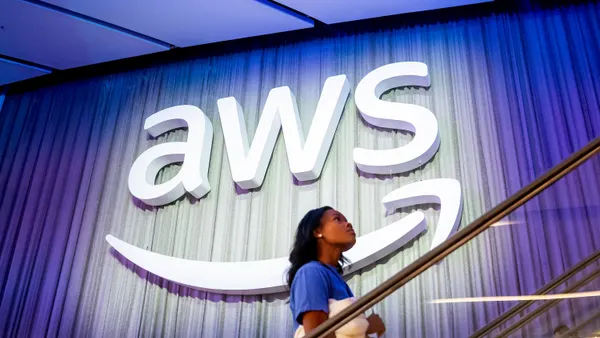Dive Brief:
-
While posting first quarter earnings, Symantec announced a restructuring plan for FY19 to reduce spending by $115 million and cut the company's global workforce by approximately 8%. Severance and termination benefits are expected to rack up most of the anticipated $50 million in associated restructuring costs, according to the company's 8K filing.
-
CEO Gregory Clark highlighted underperformance in the enterprise segment on Thursday's earnings call, calling out a 20% reduction in year-over-year implied billings as well as deals that failed to close because of longer sales cycles in North America. These two factors made Symantec curb its Q2 and full year revenue expectations.
-
CFO and EVP Nicholas Noviello said the company is expecting between $1.13 billion to $1.16 billion in Q2 revenue, $535 million to $555 million of which is expected from Enterprise Security. This would mark a 9% decline in enterprise and 3% decline in total revenue year-over-year for Q2; for FY2019, it would mark a flat total revenue and 3% decline in Enterprise Security. Following the announcement, shares dropped by as much as 14% Friday before paring back some of those losses to trade down about 10% by late afternoon.
Dive Insight:
Symantec's Enterprise Security segment made up 54% and 55% of total net revenue in the first quarters of FY2017 and FY 2018, respectively, but dropped to 48% in Q1 2019. While it remains one of the largest cybersecurity companies in the world, its ability to weather revenue challenges and adjust to the modern cybersecurity vendor landscape will affect Symantec's lead in coming quarters.
While the company blamed longer sales cycles for part of its expected revenue miss, many other vendors and endpoint security providers have not reported similar issues, according to Ian McShane, research director and analyst for Gartner Research's Security and Risk Management group, in an emailed statement to CIO Dive. Symantec's problem may come down to a sales and marketing issue rather than a technology one, he said.
Symantec has to battle perceptions of being a legacy brand out of place in the modern market, McShane said. And as one of the biggest players in the cybersecurity market, Symantec faces a lot of competition from other vendors in the space, such as Forcepoint, PANW and Zscaler.
The market has been welcoming to newer cybersecurity companies: Zscaler, Tenable and Carbon Black all went public earlier this year to considerable success, adding to an already crowded market where differentiation can be difficult.
Greg Clarke has served as CEO of Symantec for two years. In his time, the company's engineering department has delivered strong product improvements but failed to bring meaningful integration across product lines, McShane said.
The company has a difficult job convincing potential customers to sign on to Symantec products when newer ones have a stronger message, he said. Marketing advantages and capabilities of products better could help mitigate the program, as well as following Microsoft's footstep to leave behind their "legacy, traditional brand."













